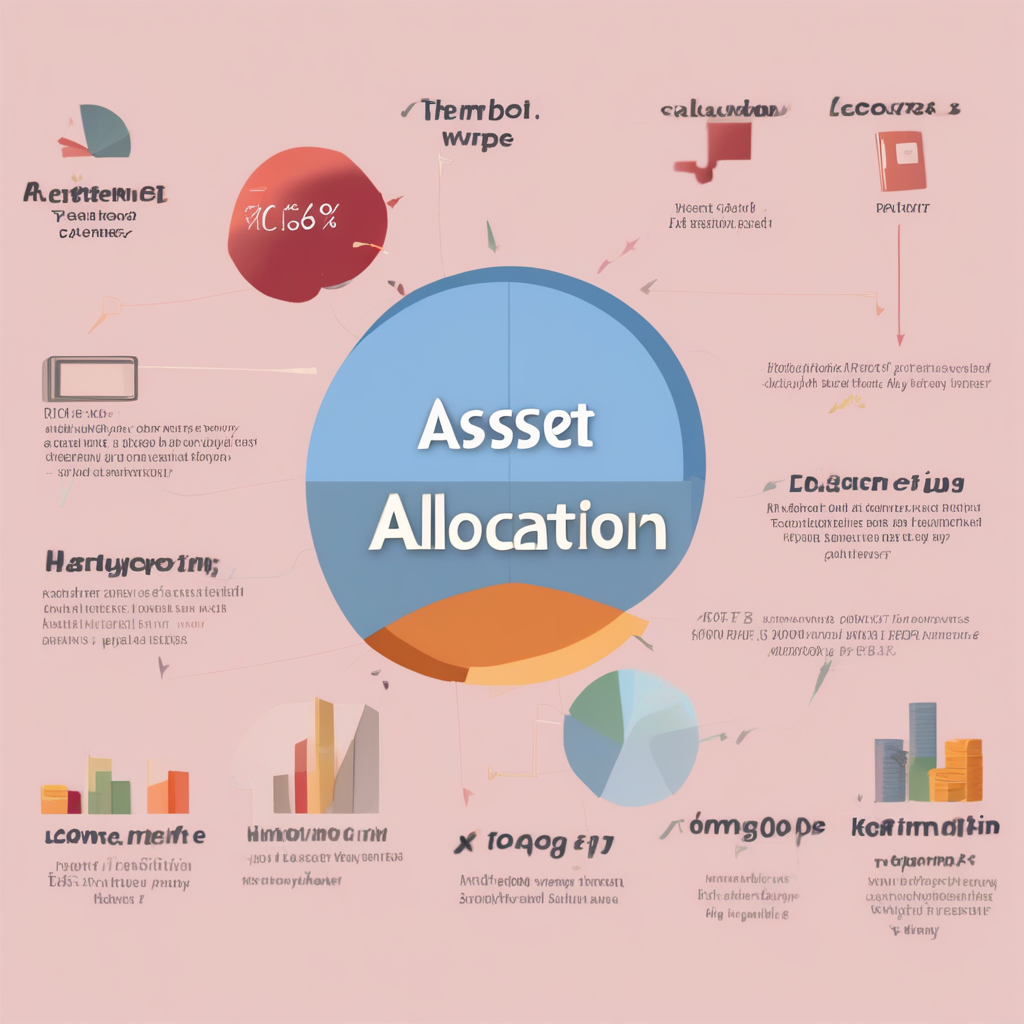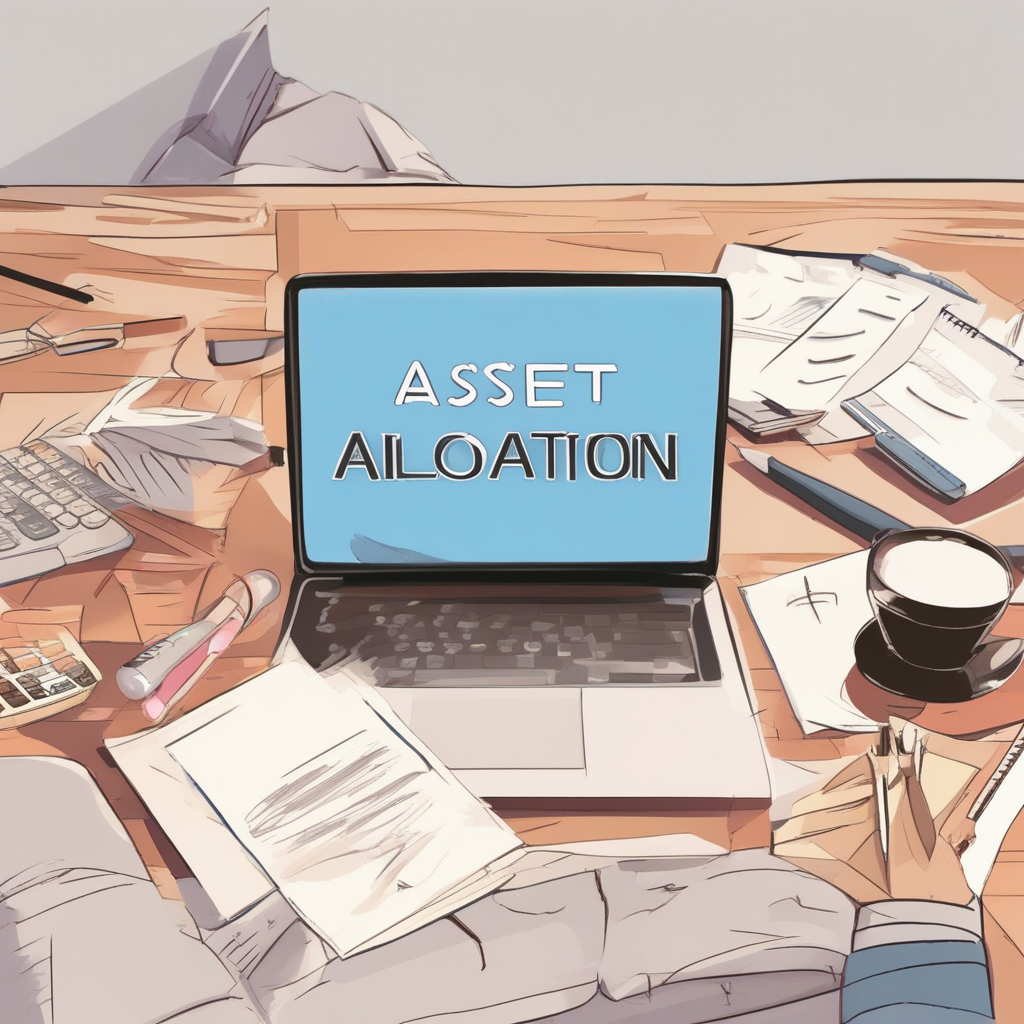Investing can feel like a big adventure. Whether you’re buying stocks, bonds, or even a little bit of cryptocurrency, understanding the risks involved is super important. Just like wearing a helmet when you ride a bike, investment risk assessment helps you stay safe on your financial journey.
Introduction: What is Investment Risk Assessment?
Investment risk assessment is all about knowing the ups and downs of where you put your money. It’s like knowing the rules before you play a game.
If you don’t know the risks, you might lose your money faster than a melting ice cream cone on a hot day. This guide will help you learn how to spot those risks, manage them, and make smarter choices with your money.
Why Investment Risk Assessment is Important
Investment risk assessment is your guide to safer investing. It shows you what could go wrong and helps you make better decisions. Knowing the risks means you’re not just jumping in blind; you’re stepping in with a plan. Let’s dive deeper into why this is important.
- Protect Your Money: The main reason to assess risks is to keep your money safe. You don’t want to lose your hard-earned cash on something risky without knowing what might happen.
- Make Better Choices: When you understand the risks, you can choose investments that match your goals and comfort level.
- Avoid Surprises: No one likes surprises when it comes to money. Risk assessment helps you see what could go wrong before it happens.
Types of Investment Risks (H2)

Investments come with different types of risks, just like sports have different rules. Here are some common types of investment risks you should know:
- Market Risk: This is like the weather changing during a soccer game. The market goes up and down, and your investment value can change too.
- Credit Risk: Imagine lending your friend a toy, and they don’t return it. In finance, this happens when a company you’ve invested in can’t pay you back.
- Liquidity Risk: This is when you can’t sell your investment quickly without losing money. It’s like trying to sell a rare toy that nobody else wants.
- Interest Rate Risk: When interest rates go up, the value of your bonds can go down. It’s like the price of candy going up suddenly—it can mess up your plans!
- Inflation Risk: Inflation is when your money buys less than it used to, like when the price of your favorite snacks goes up.
How to Assess Investment Risks (H2)
Assessing investment risks is like checking the weather before you go outside. Here’s a simple way to get started:
- Do Your Homework: Research the investment. Read articles, watch videos, or ask someone who knows more.
- Know Your Risk Tolerance: Are you okay with big ups and downs, or do you prefer a smoother ride? This will help you pick the right investments.
- Look at the History: See how the investment has performed in the past. It’s like checking the score of your favorite team before deciding to watch the game.
- Diversify: Don’t put all your eggs in one basket. Spread your money across different investments to reduce risk.
Key Features of a Good Investment Risk Assessment (H3)
Investment risk assessment isn’t a one-size-fits-all thing. It depends on what you’re investing in, how much risk you’re comfortable with, and your financial goals. Here’s what makes a good assessment:
| Feature | Why It’s Important |
|---|---|
| Clear Understanding of Risks | Helps you know what could go wrong. |
| Customized to Your Needs | Matches your goals and comfort level. |
| Regular Reviews | Keeps you updated on changes in the market. |
| Diversification Advice | Encourages spreading investments to reduce risk. |
| Simple and Understandable | Easy for anyone to follow and understand. |
| Tools and Resources | Offers charts, data, and tools to help assess risks. |
| Expert Guidance | Provides insights from financial experts. |
| Actionable Steps | Gives you a clear plan on what to do next. |
Subheadings for Key Points

Understanding Market Risk (H3)
Market risk is like being on a roller coaster. Prices can go up and down, sometimes very fast. It’s one of the most common risks and affects stocks, bonds, and many other investments. Knowing market trends can help you make better decisions.
Managing Credit Risk (H3)
Credit risk is all about trust. If a company or government can’t pay you back, you lose money. To manage this risk, stick to investments with good credit ratings and strong financial backgrounds.
Liquidity and Why It Matters (H3)
Liquidity is how fast you can turn your investment into cash without losing value. The more liquid an asset, the easier it is to sell. Stocks are usually liquid, while real estate might take longer to sell.
FAQs: Common Questions About Investment Risk Assessment

Q1: What is the best way to start with risk assessment?
A1: Start by knowing your own risk tolerance. Ask yourself if you’re okay with ups and downs. Then, do some research on the investments you’re interested in.
Q2: Can you avoid investment risks completely?
A2: No, you can’t avoid all risks, but you can manage them. Diversification, good research, and understanding market conditions can help reduce risks.
Q3: How often should I review my investments?
A3: Reviewing your investments every 6-12 months is a good practice. However, if the market is very volatile, you might want to check more frequently.
Q4: Is higher risk always bad?
A4: Not necessarily. Higher risk can mean higher rewards, but you must be prepared for possible losses. It’s all about finding the right balance.
Q5: Are there tools to help with risk assessment?
A5: Yes! There are many online tools and apps that can help you assess investment risks. Some are even free and easy to use.
Conclusion: Be Smart, Stay Safe
Investment risk assessment is like having a map for your financial journey. It doesn’t guarantee you won’t face any bumps, but it helps you avoid the big pitfalls.
By understanding the risks, diversifying your investments, and staying informed, you can make your money work smarter for you. So, keep learning, stay curious, and remember—smart investing is safe investing!
This guide is your starting point. Use it to explore further, ask questions, and make wise choices on your financial adventure.